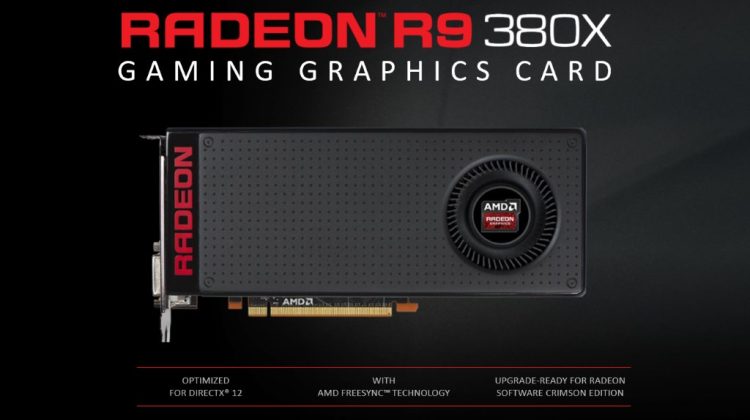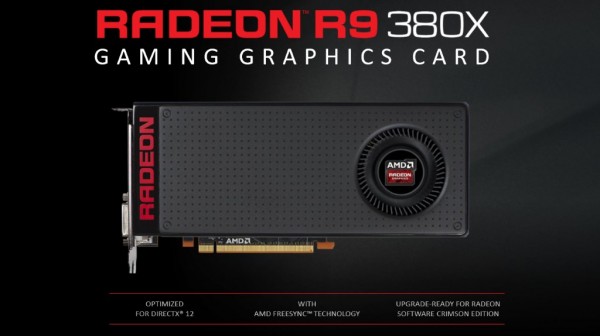Since the release of AMD’s R9 380X graphics card last month, many have been puzzled by the size of the memory bus width included inside it. The 380X came with AMD’s Tonga XT GPU which featured a 256-bit memory bus width. Interestingly, the Tonga XT was first released with a 384-bit bus. Recently in a an event by AMD, Raja Koduri – Radeon Technologies’ chief architect – finally shed some light on the confusion.
The Tonga XT was created to replace the already ageing Tahiti GPU. However, aside from the updated architecture and more transistors, both the GPU are pretty much identical to each other, even the 384-bit memory bus width. So, with the 380X releasing with a 256-bit bus, it may have caught some AMD fans off guard. Raja Koduri revealed in an event held in Samoa that the Tonga XT actually has a 384-bit memory bus with.
However, there was an explanation to why the full memory bus width isn’t present on the R9 380X. AMD said that they did not enable a 384-bit bus for the 380x is because they could not find a perfect price/performance combination. The announcement was revealed on Twitter by Ryan Shrout from PC Perspective.
AMD confirms 384-bit bus available on Tonga, just not enabled on any product, including 380X. Didn't find a perfect perf/$ slot.
— Ryan Shrout (@ryanshrout) December 4, 2015
Some AMD users argued that the decision to leave out a portion of the memory bus width was a required to keep the graphics card in a price range that is competitive. Other unhappy users mentioned that there is a significant amount of memory bus width being withheld from the users which AMD could’ve easily just enabled.
However, AMD isn’t entirely at fault here, the R9 380X still remains the best card in its price segment in terms of value for money. Staying with a 256-bit bus and 4GB VRAM may have given AMD the ability to produce a cost efficient card as well.
(Source: PC Perspective , VideoCardz , WCCFtech )




